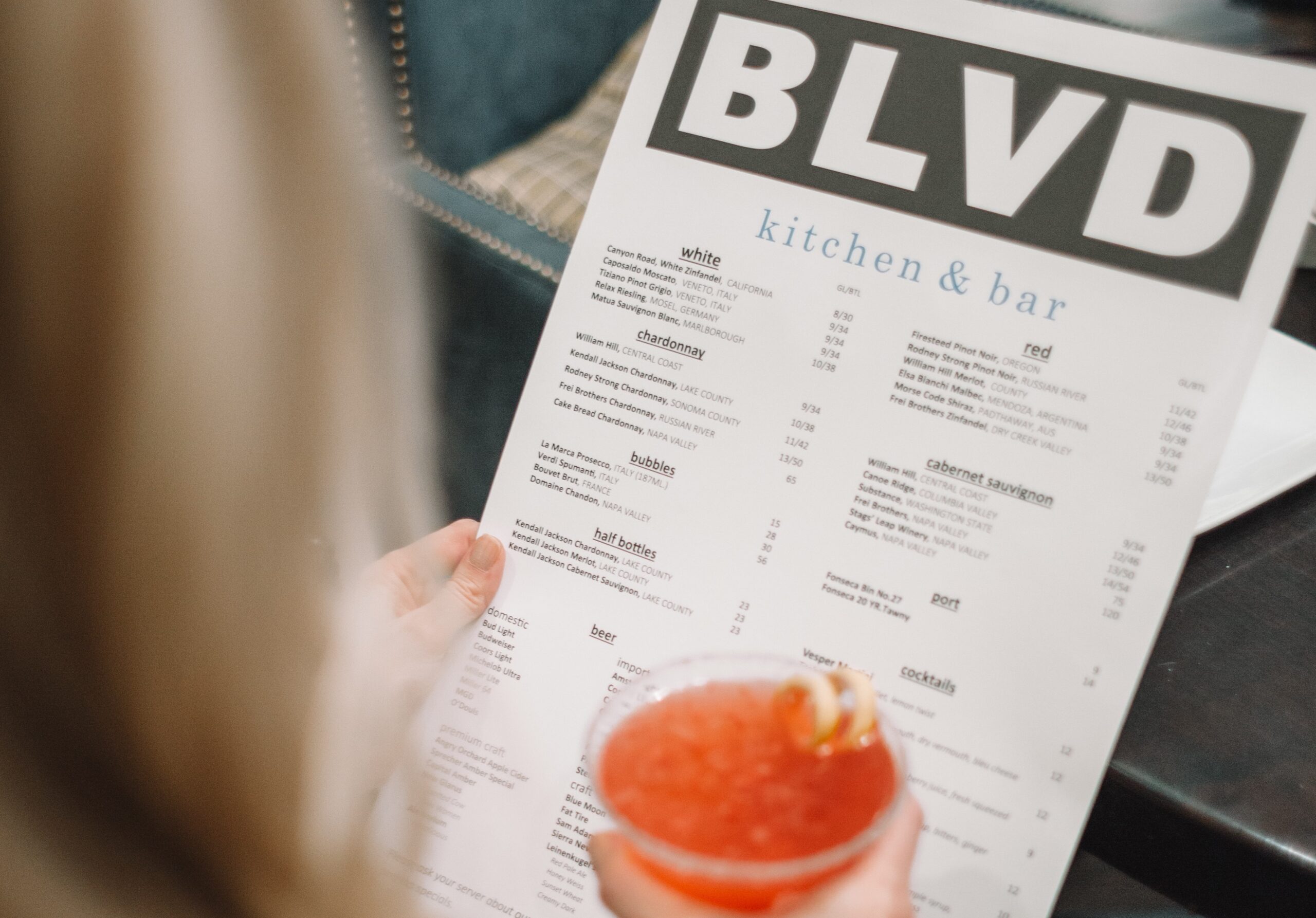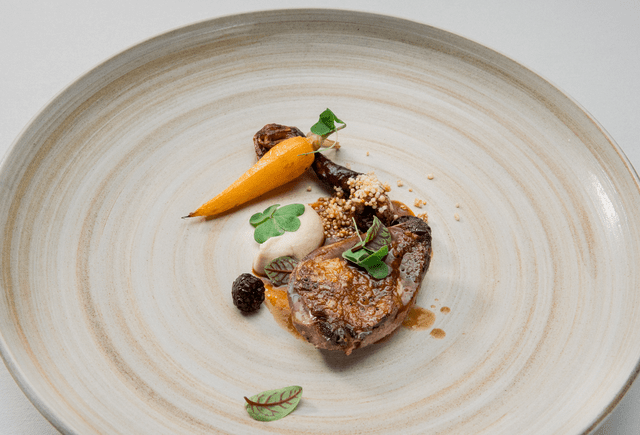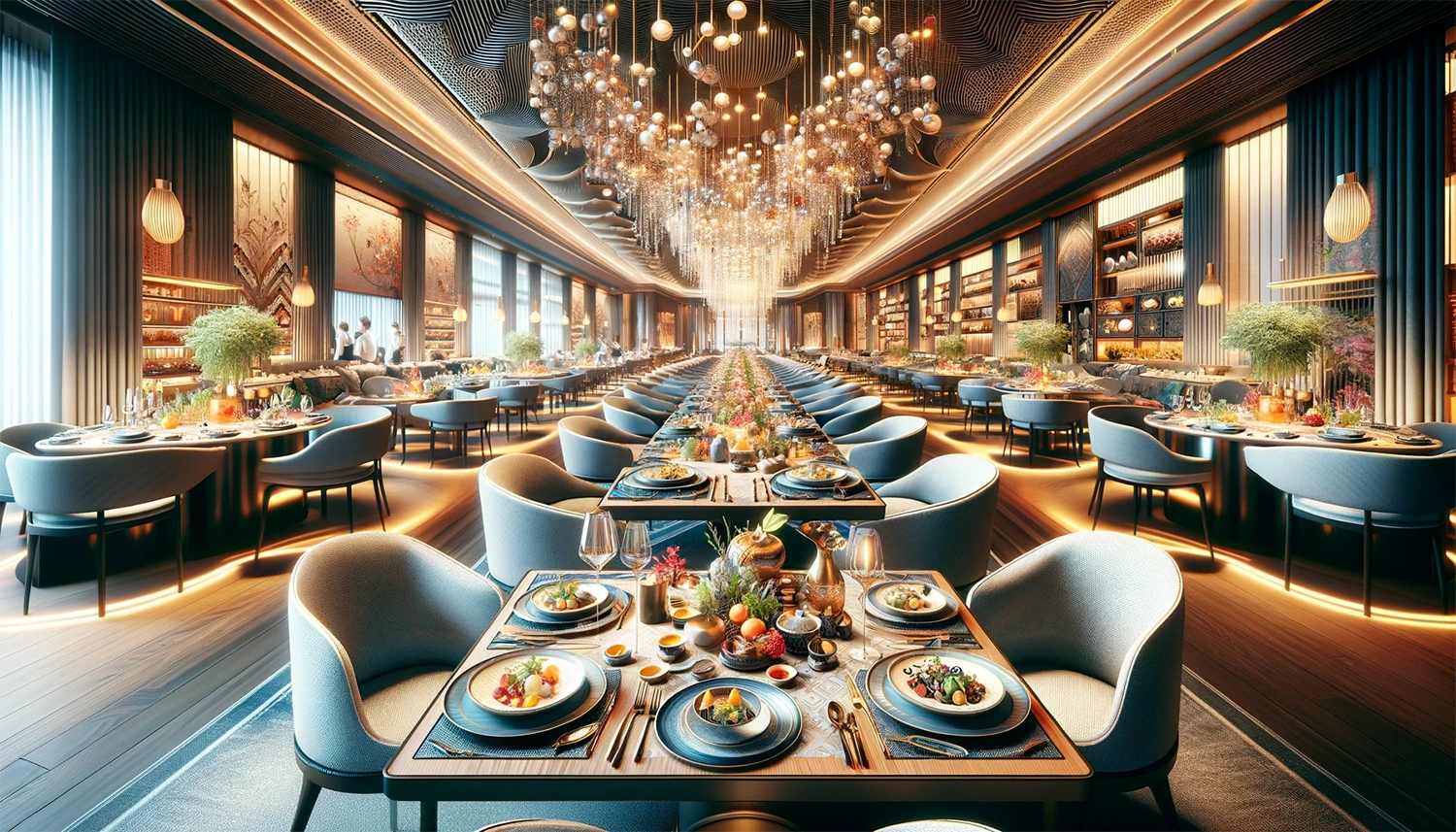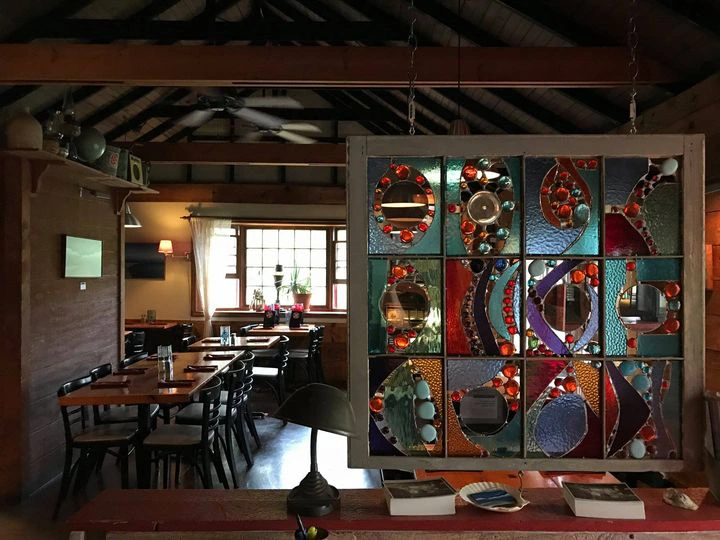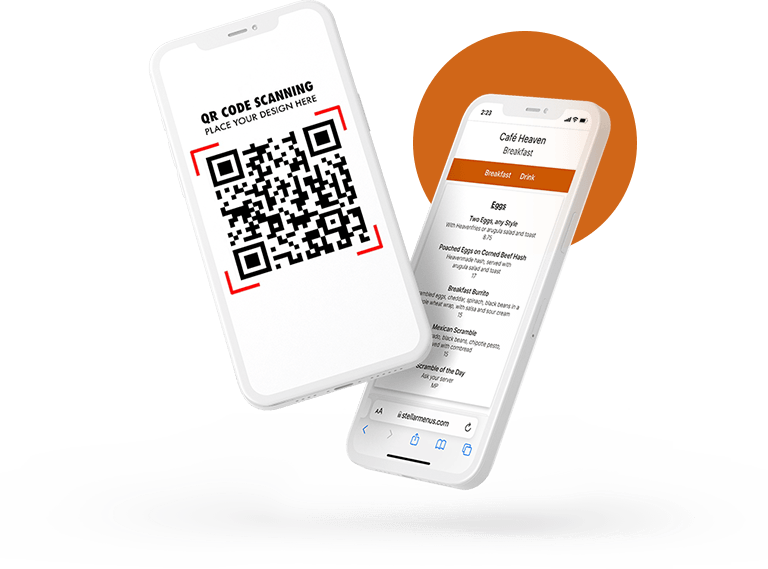Want your restaurant to survive and thrive in today’s competitive, cost-conscious environment? Then pricing your menu right is key. On the patron side, guests are ever more conscious of the value they’re getting for their money. They demand the best quality and service for the lowest price possible. On your side, you’re trying to eke out as much margin as possible while dealing with rising labor and ingredient costs.
And costs do continue to rise. According to the National Restaurant Association, wholesale food prices increased 16.3% in the last 12 months—but menu prices across the board rose only 7.6% in the same period. That’s a whopping 8.7% difference, one you’ll have to eat unless you monitor your costs and adjust your menu prices.
You can also prioritize psychological pricing techniques, which take you beyond basic cost accounting and markup pricing approaches. The most successful restaurants monitor costs and adjust their menus while using psychological pricing strategies to influence patron behavior, draw in new diners, and maximize profits.
In this blog post, peek into the world of psychological pricing for techniques to improve your restaurant’s bottom line. From offering value meals or combo deals to using the left-digit pricing strategy, this post focuses on pricing techniques that speak to the patron’s subconscious, altering their perceptions about value, cost, and satisfaction. Knowing these strategies will empower you to make more informed menu pricing decisions that can position you for greater success.
Specifically, we’ll cover:
1. An introduction to psychological pricing in the restaurant industry
2. Charm pricing and its effect on perceived value
3. Bundling menu items for perceived savings
4. Premium pricing to showcase high-quality offerings
5. Decoy pricing and its effect on customer choices
Ready? Let’s dive in.
1. An introduction to psychological pricing in the restaurant industry

Psychological pricing is a pricing strategy that influences consumer behavior by shifting their perceptions of the value of a product or service.
Because your restaurant’s menu and pricing structure can greatly affect patron purchasing decisions, using psychological pricing techniques can give your restaurant a competitive edge and increase profits.
The restaurant industry has been using and studying this approach since the early 1900s when restaurants began engineering their menus to influence what diners buy. For instance, some restaurants would place high-profit items in the menu’s center or use flowing, descriptive language to make certain dishes seem more appealing. Other restaurants began offering blue-plate and early-bird specials to attract price-sensitive diners.
In the 1950s and 1960s, fast-food restaurants like McDonald’s and Burger King began to offer value menus and combo meals to create the perception of a good deal. This pricing strategy was and is still effective because it offers customers a bundle of items for a lower price than if purchased separately. More on bundling soon.
In the 1970s, restaurants started to use dynamic pricing, which involves adjusting prices based on demand, such as lowering prices during off-peak hours to encourage customers to dine during slower times.
Today, psychological pricing in the restaurant industry has evolved to include various strategies, including charm, premium, and decoy pricing. Using these strategies, your restaurant can influence customers’ perceptions of value and increase sales.
2. Charm pricing and its effects on perceived value

One common pricing technique in the restaurant industry is charm pricing, which involves ending a price with the number nine—for example, setting a menu item at $9.99 instead of $10.00. This technique is based on the principle that patrons perceive prices ending in nine as significantly lower than the rounded, one-cent-higher price, creating a positive perception of value.
Although the point may be moot now for fine dining restaurants, many of which have dropped using cents in their menus, a study published in the Journal of Consumer Research found that charm pricing, or “the left-digit effect,” works when the left-most digits of the prices differ—for instance $4.99 versus $5.00. When presented with $4.99, our brains, reading left to right, see the number four first and think of the item costing $4.00.
More relevant to fine dining restaurants, in another study conducted by MIT and the University of Chicago, shoppers presented with prices of $34 and $39 overwhelmingly chose the item with the $39 price. Note that no cents were involved.
William Poundstone summed up the magic “nines” technique in his book, Priceless: “Nine truly is a magical number.” Steven Latasa-Nicks, owner of Strangers & Saints (and CEO of Stellar Menus), agrees. “We understand the power of the number nine and use it strategically across our menu.”
But beware of overusing charm pricing. If you don’t balance it with other pricing strategies, it may lose its effectiveness.
3. Bundling menu items for perceived savings
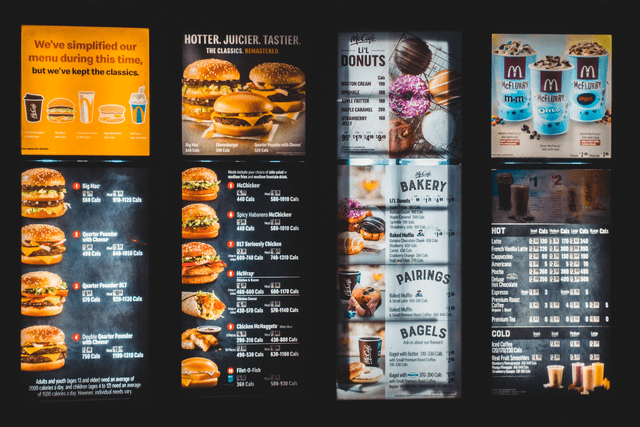
Chances are you’ve purchased a meal deal—or bundle—from your favorite fast food restaurant: A burger, fries, and a drink for the low-low price of $7.99. Bundling menu items to increase perceived savings is another popular psychological pricing technique in the restaurant industry, and it works because bundling increases consumers’ perceived value of bundled items.
Bundling involves grouping different menu items and offering them as a package deal at a discounted price. This technique leads patrons to believe they’re getting better value for their money, even if the discount is minimal. It’s a great strategy to use during select hours to bring in people when they’d normally be dining at home or in the office.
“Value for our guests has always come first at Victor’s,” says Victor DePoalo, owner of Victor’s Restaurant. “We saw the benefits of strategic pricing brought to life when introducing our very first happy hour and continue to see success with our prix-fixe menu that keeps our Monday nights vibrant.”
A study published in the Cornell Hospitality Quarterly bears this out. The study proposed a priority mixed bundle (PMB) that allowed diners to make reservations only if willing to commit to a prix-fixe menu, whereas walk-ins had to dine a la carte. In a field test, the new PMB bundle generated more revenue than an a-la-carte strategy.
The key to bundling is ensuring the bundled items complement each other and offer real value to diners. If your price point isn’t appropriate, the deal will seem too good to be true, leading to skepticism and mistrust.
This post at ChefWorks provides insights into how to use bundling as a marketing strategy.
4. Premium pricing to showcase high-quality offerings
Premium or prestige pricing is a psychological technique that can help you spotlight your restaurant’s highest-quality items. This pricing strategy involves setting higher prices than competitors to signal superior quality and exclusivity.
The key to success with this psychological pricing strategy lies in providing an exceptional dining experience to justify your premium pricing. Patrons are willing to pay more for food prepared with premium ingredients and unique flavor combinations and presented with elaborate table settings, personalized service, and attention to detail.
Premium pricing creates a perception of luxury and prestige, attracting diners looking for a unique experience or a place to celebrate a special occasion. Bern’s Steak House in Tampa, Florida, is one restaurant that successfully uses prestige pricing, promising that “each visit…takes you on a gastronomic adventure that defines Bern’s not as a meal but as an experience.” The experience includes a renowned wine cellar and a special dessert room with private booths made from old wine casks, which combine nicely with menu offerings like a seven-ounce, $190 caviar tasting, and a six-ounce, $180 Wagyu filet mignon.
So as not to alienate patrons, though, be wary of balancing your premium prices with patron expectations. Your goal is to offer a carefully curated menu that justifies your price points and communicates the value of the dining experience.
5. Decoy pricing and its effects on customer choices
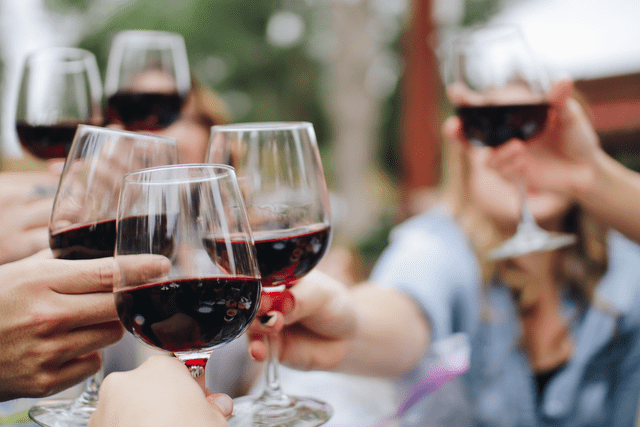
Decoy pricing is a powerful psychological pricing technique that affects patron’s choices when they’re looking at your menu. It involves offering a moderately priced option next to an expensive but similar option.
Writing in Better Marketing, Jamie Logie shared a great example of decoy pricing involving wine. If you offer two bottles of wine, one for $10 and one for $30, the $30 bottle seems expensive. But if you offer three bottles for $10, $30, and $50, suddenly, the $30 bottle seems more affordable. In this example, the $50 bottle is the decoy. Although some people will surely buy it, it’s not there to sell. The purpose of the $50 bottle is to make the $30 bottle look more attractive in comparison.
“We’ve offered high-end wines on our list since we opened,” says Quinn Taylor, owner of Cafe Heaven.” While it’s true that some people want the more expensive wines, the larger financial impact is that our other wines sell better.”
But the middle option can also be a decoy designed to push patrons to purchase the higher-priced option. If you offer three bottles of wine at $10, $30, and $32, suddenly, the $32 bottle feels like the better option. Movie theaters do this all the time, offering a tiny bucket of popcorn for $5, a medium bucket at $9.50, and a large bucket at $10. Choosing the medium bucket—the decoy to push you to purchase the large—makes almost no sense.
Of course, you must also use decoy pricing ethically and transparently to avoid alienating diners, who may feel tricked by obvious price manipulations. If you understand the psychology behind decoy pricing and use it strategically, you can increase sales and profitability while still building a positive reputation with your patrons.
Bottom line?
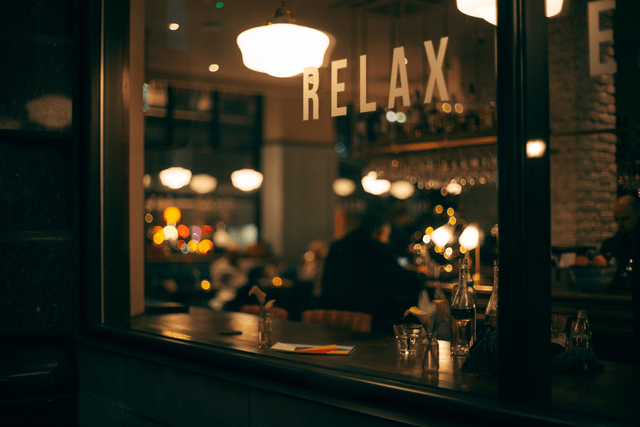
If you use it cautiously, psychological pricing is a powerful strategy for influencing patron purchase decisions. Although charm pricing, decoy pricing, and price bundling can drive diners to spend more or buy items they may not have considered before, these techniques alone are not enough.
To guarantee success for your restaurant, you also have to balance menu item pricing with patron satisfaction, which calls for monitoring ingredient costs, competitive pricing, and market pricing trends and updating pricing when those elements change.
Because these tasks are easier said than done, Stellar Menus created its Intelligent Menu Platform, which learns the cost-driving ingredients of each of your dishes and monitors the prices of those ingredients along with competitive pricing and market price trends.
The system automatically alerts you when it notices that your menu prices are misaligned with those elements. It then makes it easy to update prices across all your menus—print, website, and mobile—in seconds, even in the middle of service.
We’d love to show you how it works—get in touch to schedule a demo.

